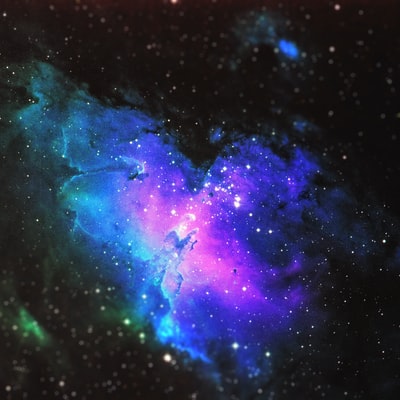Nuclear fuels

Nuclear fuel: energy stored as chemical energy
?
Transferred as heat energy
?
Water and steam: energy stored as heat energy
?
Transferred as kinetic energy
?
Turbine
?
Transferred as kinetic energy
?
Generator
?
Transferred as electrical energy

Nuclear fuels don’t release carbon dioxide or sulphur dioxide but they do produce a far more deadly waste product: nuclear waste. This remains radioactive and is a health hazard for thousands of years which is why it must be stored safely. Over the years the nuclear plants themselves have had accidents, leading to tons of radioactive material being released into the atmosphere and causing not only the current residents in the area to get cancer but generations after that.
——————————————————
Water energy

- Wave: waves are produced by the sea rising up and then crashing down. Electricity generators are driven by wave machines which use the kinetic energy produced.
- Tides: tides push a lot of water into river mouths on a daily basis. The kinetic energy is harnessed by tidal barrages which are constructed over river estuaries. Electricity generators are located in the barrage which is composed of tubes. They’ve driven when water is pushed through the tubes.
- Hydroelectric power (HEP): similar to tidal barrages, HEP depends on water rushing through tubes which drives the electrical generators. This time the tubes are contained within a dam. The water located behind the dam is high up and contains gravitational potential energy. As it rushes down the tubes it’s converted into kinetic energy.
The main advantages to water power are:
- – it’s renewable
- – it doesn’t produce any harmful waste products
- – it’s a reliable source
- – it can be easily switched on
The disadvantages include:
- – wave machines have not yet been produced to a large enough scale – for them to produce enough energy
- – estuary habitats have been destroyed by tidal barrages
- – farmland has been flooded due to hydroelectricity
- – vegetation rots underwater which produces the greenhouse gas methane